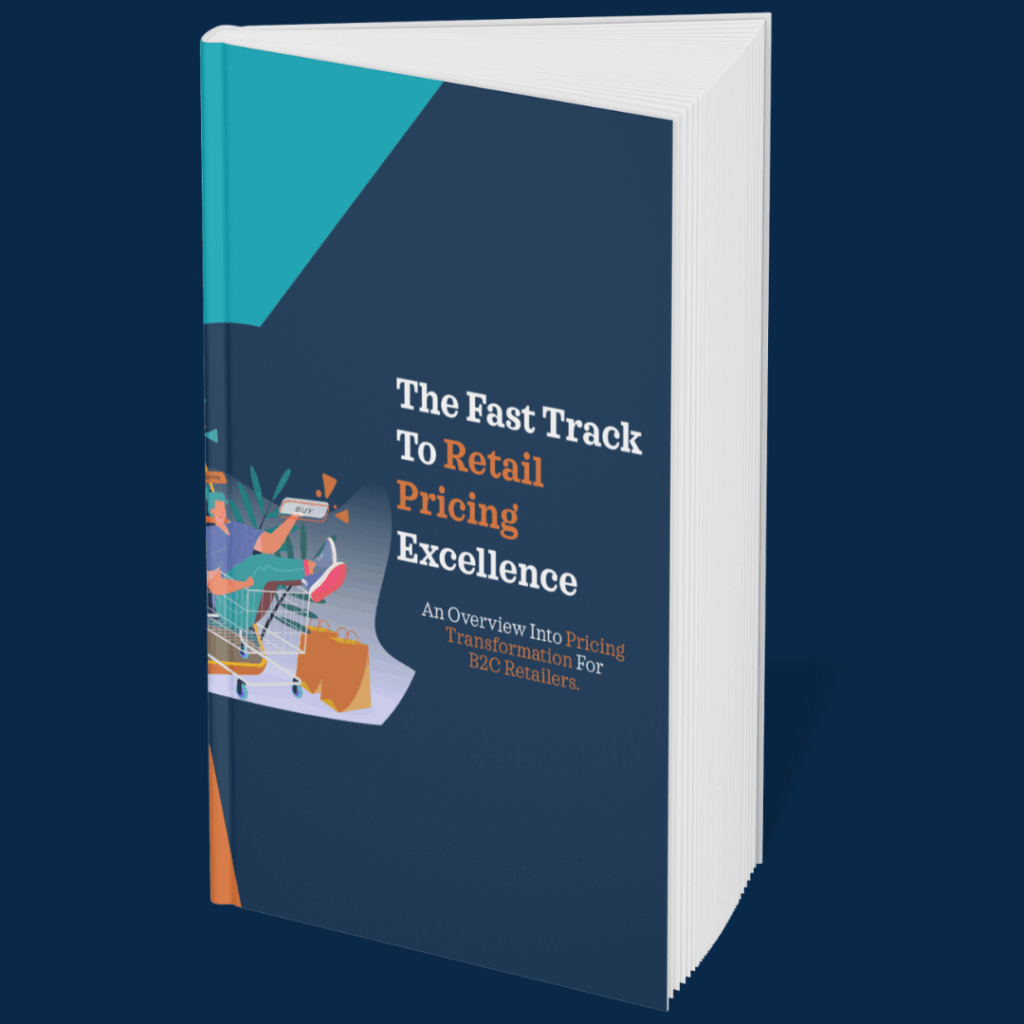Change – why? Everything is rosy!
You’re a successful retail business, you’ve got the number one market slot. Sales are good and you believe you have competitive pricing. So why do you need to change? However, deep under that corporate hood, there are flaws.
Reaction time to competitors is still slow. Emotion and perceptions still permeate decision making rather than cold hard facts.
Established managers are reluctant to embrace new ways of thinking. Opportunities for transformation swiftly pass by and are forgotten about. Long held company bias’s remain until the balance sheet says something different.
Suddenly there is a crisis and panic ensues. Transformation and change programs are rapidly introduced.
Competitor knowledge is key
Unfortunately, too many retailers, especially those with long track records of success, look to change only when their business models begin to come under pressure. With the rapid changes in retail today it is essential that retailers understand more accurately market dynamics, including competitor’s pricing strategies, pricing policies, and product changes.
It’s surprising to see how many companies are lacking in basic competitor knowledge. They simply don’t invest in fact based decision tools.
We recognise the immense pressures on companies, both in terms of margins and staff, but it is an eye opener how many companies lack a strong fact-based understanding of their competition and their pricing.
Sometimes competitive pricing analysis is done, but normally it’s manually attempted. At best this approach is sporadic and only scratches the surface. It’s impossible to understand the real competitive landscape and long terms trends with this level of analysis.
Change is rapid and a constant
Change should be a constant in any organisation, but in today’s retail environment, change is particularly rapid. Internet sales, the ongoing revolution in technology and user expectations are making retail an exciting industry to work in. However, it also calls for a wake-up call for traditional practices.
Before you say, typical ‘Consultant Speak’, let me assure you I was a consultant but I also worked in large and small businesses over the past 30 years. I recognise the usual signs of resistance, the internal politics, the short-term views that persist and the difficulties in changing opinions.
Shortcuts don’t work
Investment in tools and systems with the supporting resources is difficult if not sometimes impossible. Especially when margins are slim and existing resources are acting like a ‘one-armed paper hanger’. However bear in mind that the retail industry is littered with failures, large and small, that didn’t react to competition. They saw what was happening on their doorstep but ultimately they either made the wrong decisions or failed to act.
Leaders transform
A key component of any change or transformation is leadership. Ensuring that traditional ideas are challenged, being open to new ways of working allows companies to stay ahead of the curve.
Reinventing the way you look at things is essential, whether this store format, websites, people, distribution, product mix, IT and information gathering are all part of the transformation journey.
Our contribution is that we can assist in building a stronger competitive pricing insight that allows you to make faster decisions. Building a stronger intelligence base within your organisation enables you to build change in a more structured way.
However putting competitor pricing information systems in place is a challenge, when there are more immediate pressures and costs on your plate. Nevertheless making the right decisions is all about leadership. In my experience leadership is not just at the top, it’s everywhere in the organisation.
Enabling your leaders to have fact-based information could challenge the status quo and make it uncomfortable for some. However open information tends to build a stronger and more competitive organisation that will survive and thrive.





